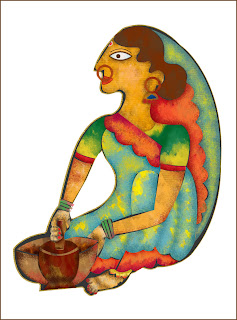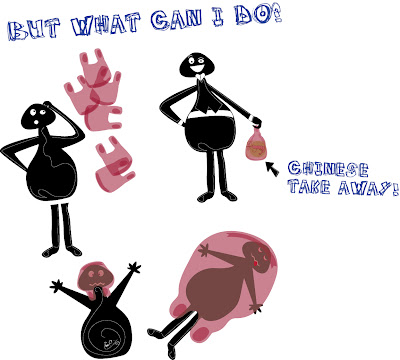COLOUR
I have been spending a lot of time reading the art handbooks written by Ettori Miaotti, this Italian genius talks in great detail about the basics in sketching and supply ample notes and examples. As a art student he was able to dig out a lot of information about the artist during the renaissances and post renaissance period including da Vinci, Cezanne, Picasso and the like. I'd like to share his research and some very moving insights on colour.
" Gianni Maimeri is a completely unknown artist both to Italians and to the rest of the world.
He was not willing to compromise and meet the demands of the artistic establishments he was ignored by those in the business of art but because i have read his notes and seen his work i want to bring more attention to him.
In Maimeri's notes I found an incomplete draft of his theory of colour with some definitions and interpretations of colour terms."
" Gianni Maimeri is a completely unknown artist both to Italians and to the rest of the world.
He was not willing to compromise and meet the demands of the artistic establishments he was ignored by those in the business of art but because i have read his notes and seen his work i want to bring more attention to him.
In Maimeri's notes I found an incomplete draft of his theory of colour with some definitions and interpretations of colour terms."
December 10, 1932
I would like to attempt a study of colour.To see its function after having established its character, that is, to try to define it.
Different kinds of colour
Physical Colour: specific vibration of light
Colour as material: The colored substance a painter uses.
Ordinary Colour: the tints of objects.
Painting Colour: The variations of tint that an object undergoes int he physical world and its relationship with the visual nature of the painter.
Tone Colour: The relationship between two colours within the same environment.
Pure Colour: The colour in the spectrum in its truest state.
Gradation: The colour of the spectrum with black or white added making them more or less luminous(when black is added) or more or less pure (when white is added).
Chiaroscuro: The shading from white to black of a highlighted object that is either deprived of colour or is uniform in colour.
Value: The measure of the tonal diversity among different painting colours.
Intonations:
Harmony:A constant relationship with reference to a basic colour.
Tint: A colour taken by itself, removed from its environment.
Colour tone: The chiaroscuro relationship between two colours of different tints.
Complimentary Colours: Colours to which the normal eye form a neutral colour image with their composition.
Aura: the exact repetition of a key colour around its center of interest.
Integral harmony:
Influences:
Model Colours:
Sensation Colours:
Transformed Colours:
Pointillism:
Sensory Pointillism:
Nostalgic Colours:
Meteorological Colour:
Sound Colours:
Invisible Colours: Colours which enter a composition as an result of an aural relationship.
when we speak of colour, very common concepts are expressed with wide latitude. Like all concepts of this kind , the expression remains uncertain, especially if the proposition touches on a subject which by nature is quite specific and limited, such as thoses that deal with problems of the spirit.
..... Colour is not an unimportant superposition or an adornments of reality, and thus of art, but one of the manifestations of the essence of the thing.it is only different in the way its classified by the physicists according to certain natural laws. It becomes inseparable from reality by the perception of the artist, through whom its the act of seeing,it becomes reality, because the eye sees everything in colour.
Invisible Colours: Colours which enter a composition as an result of an aural relationship.
when we speak of colour, very common concepts are expressed with wide latitude. Like all concepts of this kind , the expression remains uncertain, especially if the proposition touches on a subject which by nature is quite specific and limited, such as thoses that deal with problems of the spirit.
..... Colour is not an unimportant superposition or an adornments of reality, and thus of art, but one of the manifestations of the essence of the thing.it is only different in the way its classified by the physicists according to certain natural laws. It becomes inseparable from reality by the perception of the artist, through whom its the act of seeing,it becomes reality, because the eye sees everything in colour.


Comments